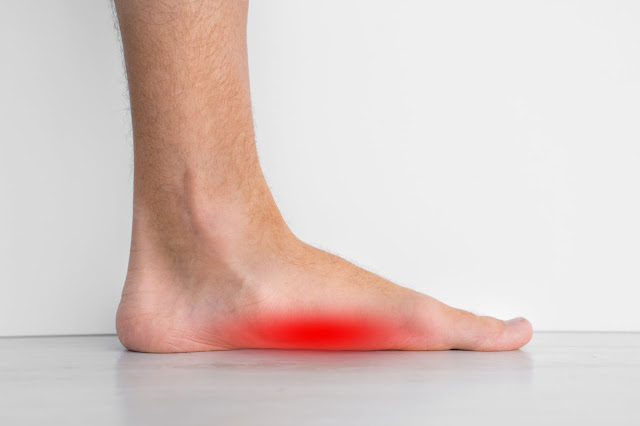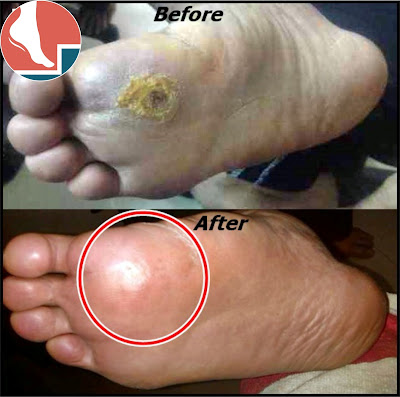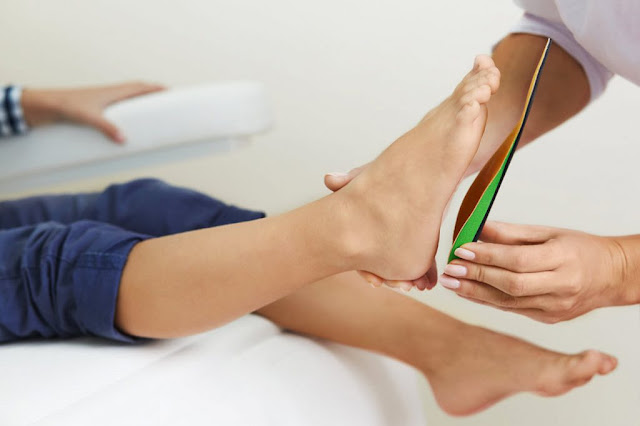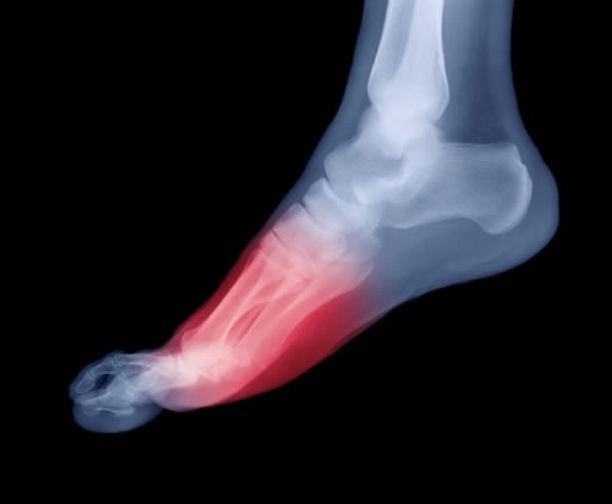Introduction
Flat feet, is also known as fallen arches or pes planus, is a common condition where the arches of the feet collapse, causing the entire sole of the foot to make contact with the ground. It depends on the severity of the flat feet. This seemingly innocuous condition can have far-reaching effects on the entire body, affecting posture, balance, and overall musculoskeletal health. In this blog, we will delve into the causes of flat feet, its various impacts on the body, and how individuals with this condition can manage and alleviate its effects.
Causes of Flat Feet:
Genetics:
Flat feet can be inherited, as the structure of the foot is often passed down from parents to their children. If one or both parents have flat feet, there's a higher likelihood that their offspring will develop the condition.
Muscular Weakness:
Weak or imbalanced muscles in the feet and lower legs can contribute to the collapse of the arches. The muscles and tendons that support the arch may not provide sufficient support, leading to flat feet.
Injuries or Trauma:
Injuries to the foot or ankle, especially during childhood, can disrupt the development of arches and contribute to flat feet. Trauma can damage the tendons and ligaments responsible for supporting the arch.
Medical Conditions:
Certain medical conditions, such as rheumatoid arthritis, diabetes, and obesity, can impact the structure and function of the feet, increasing the risk of developing flat feet.
Impacts on the Body:
Postural Misalignment:
Flat feet can disrupt the alignment of the entire body, starting from the feet and extending up to the spine. This misalignment may result in poor posture, leading to discomfort and pain in various areas, including the lower back and neck.
Joint Pain:
The altered biomechanics caused by flat feet can put extra stress on the joints, particularly the ankles, knees, and hips. This increased stress may contribute to joint pain and the development of conditions like osteoarthritis.
Balance Issues:
The arches of the feet play a crucial role in maintaining balance. With flat feet, individuals may experience difficulties in maintaining stability, making them more prone to trips, falls, and injuries.
Foot Discomfort:
Flat feet can lead to discomfort and pain in the feet, especially after prolonged periods of standing or walking. This can affect daily activities and quality of life.
Flat feet also can lead to recurrent ankle sprain, early knee arthritis symptoms, sever low back pain, Plantar fasciitis (heel pain)
Management and Treatment
Orthotic Inserts:
Custom-made (not over the counter) orthotic inserts can provide additional arch support and help distribute pressure more evenly across the foot.
Foot Strengthening Exercises:
Specific exercises that target the muscles in the feet and lower legs can help improve strength and stability, mitigating the effects of flat feet.
Proper Footwear:
Choosing supportive footwear with good arch support is crucial for individuals with flat feet. Avoiding high heels and shoes with inadequate arch support can help alleviate discomfort.
Physical Therapy:
Working with a physical therapist can be beneficial in addressing muscle imbalances, improving flexibility, and enhancing overall foot function.
Conclusion:
Flat feet may seem like a minor condition, but its impact on the entire body can be significant. Understanding the causes and effects of flat feet is essential for individuals dealing with this condition. With proper management, including exercises, orthotic support, and appropriate footwear, individuals with flat feet can reduce discomfort, improve stability, and maintain overall musculoskeletal health. If you suspect you have flat feet or are experiencing related symptoms, it is advisable to consult with a healthcare professional for a comprehensive evaluation and personalized guidance.



